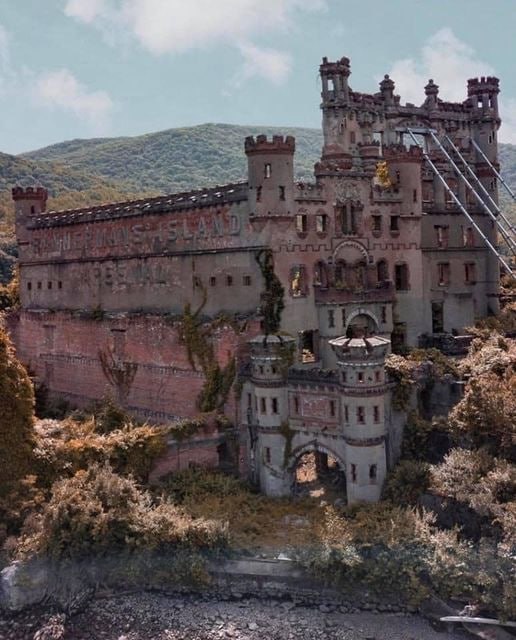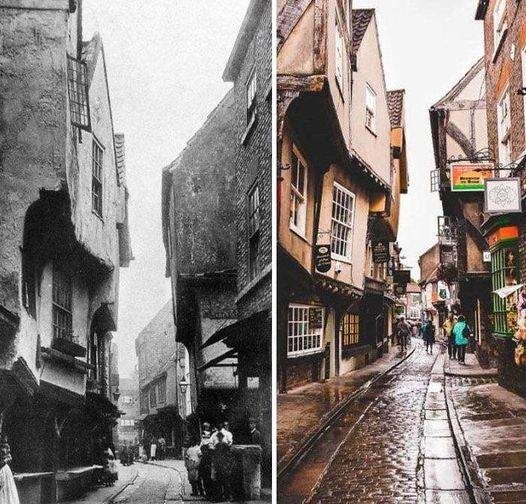A hoard of Roman nails found at Inchtuthil, Perth and Kinross, Scotland, c87 AD. After the Roman army abandoned their forward fortification on the site they buried 875,400 iron nails on the site to prevent the enemy Caledonian tribes reforging the iron for weapons. It is said that A good blacksmith can make about 100 nails an hour, so that’s 8,754 hours of hard hot work here.
Uncovering Ancient Defenses - The Story of the Inchtuthil Nails
In the rugged landscape of Perth and Kinross, Scotland, lies a remarkable archaeological site that has captured the imagination of historians and enthusiasts alike—the Inchtuthil fort. Dating back to around 87 AD, during the height of the Roman occupation of Britain, this strategic outpost played a crucial role in the empire's efforts to maintain control over the northern frontier. However, it is not the fort itself that has garnered attention but rather the astonishing discovery of a vast hoard of Roman nails buried on the site. In this blog post, we delve into the fascinating story behind these nails and their significance in ancient warfare.
Unraveling the Mystery: The Purpose of the Inchtuthil Nails
The Inchtuthil nails represent a remarkable feat of engineering and strategic planning on the part of the Roman military. After the decision was made to abandon the fort, Roman soldiers meticulously buried an astonishing 875,400 iron nails on the site. But why such an immense quantity of nails? The answer lies in the Romans' ingenious tactic to prevent their enemies, the Caledonian tribes, from repurposing the iron for weapons. By burying the nails deep within the earth, they effectively rendered the iron unusable, safeguarding their military advantage and thwarting any attempts at rebellion or uprising.

Unprecedented Scale: The Logistics of Nail Production
The sheer scale of the nail hoard at Inchtuthil is staggering, prompting questions about the logistics and manpower required for its creation. It is estimated that a skilled blacksmith could produce around 100 nails per hour, meaning that the burial of over 875,000 nails would have necessitated approximately 8,754 hours of continuous labor. This monumental effort speaks to the meticulous planning and organization of the Roman military machine, as well as the importance they placed on maintaining control over their frontier territories.
Legacy of Defense: Lessons from Ancient Warfare
The discovery of the Inchtuthil nail hoard offers valuable insights into the strategies and tactics employed by ancient civilizations to defend their territories. It serves as a testament to the ingenuity and resourcefulness of the Roman military, who devised creative solutions to protect their interests in hostile environments. Furthermore, it highlights the enduring impact of warfare on the landscape, as archaeological remains continue to shed light on the complexities of ancient conflict and conquest.
Conclusion: Preserving the Legacy of Ancient Discoveries
In conclusion, the Inchtuthil nail hoard stands as a testament to the ingenuity and foresight of the Roman military and offers a fascinating glimpse into the realities of ancient warfare. As we reflect on the significance of this remarkable discovery, we are reminded of the enduring legacy of the past and the importance of preserving our archaeological heritage for future generations. The story of the Inchtuthil nails serves as a poignant reminder of the human capacity for innovation and adaptation in the face of adversity, echoing across the centuries and inspiring awe and admiration in all who encounter it.






